564 Views
Preserve the Harvest Series: Let's Talk Cabbage

by
Shari@puregrace
(IC: blogger)
Preserve the Harvest Series presents a new fruit or vegetable every Tuesday with the goal of helping you get the most out of fresh fruits and vegetables harvested during peak season. Whether you grow your own fruits and vegetables, buy them at the Farmer’s Market or your local grocery store, it is good to remember the best time to preserve your bounty is when it is plentiful. Next up…Cabbage and How to Make Sauerkraut.
Cabbage is a leafy vegetable from the Brassica family, rich in vitamins and minerals. A cool weather crop, cabbage doesn’t like the heat so it should be planted in early spring and/or mid summer. Depending on the climate, it is best to plant seeds indoors or in a green house and transplant out into the garden. This method gives the cabbage plants opportunity to fully mature before the heat of summer kicks in or the possibility of damage from frost in late fall.
Multiple varieties of cabbage provide a little something for everyone, each with their own unique color and flavor.
When harvesting cabbage look for firm heads that have reached the desired weight for the variety you have planted. That can vary from 1-3 pound heads so be sure to pay attention to the type you have planted.
Cleaning cabbage is fairly simple. Cabbage flies and green worms love to snack on the leaves and may burrow a bit if left unchecked in the garden. To rid your cabbage of these pests, simply remove all the outer leaves that have been infested. Rinse the outer head and you are good to go. To store cabbage, make sure to first dry completely, then lightly wrap the cabbage in plastic and place in the refrigerator. It should last for two weeks or more.
When I first started making sauerkraut it was a tedious and messy process. It entailed cutting my cabbage by hand to get just the right size pieces and pounding it forever to release the juices that were needed to cover the cabbage. Once the cabbage was snug in its place the messy job was only beginning. I then had to skim white scummy bacteria off the top of my fermenting sauerkraut every few days. The bacteria was harmless and the sauerkraut always came out delicious, but I knew there had to be a better way. I did a little research and discovered the Harsch fermenting crock. Making Sauerkraut is now as simple as 1,2 3!
Enjoyed the project?

Want more details about this and other DIY projects? Check out my blog post!
Published July 16th, 2014 7:41 AM
Comments
Join the conversation
2 of 4 comments
-
-
My green cabbage is covered in holes. My red cabbage is fine. I'm just about ready to rip it out. We live in the south east NC. I started my cabbage inside in Jan and transplanted before the last cold snap. I've tried all of the organic pesticides but have now resorted to Miracle Grow Insecticide which I hate to use, but I am afraid the pests will make their way through my raised beds. Any suggestions?
 Kim C
on May 19, 2015
Kim C
on May 19, 2015
-




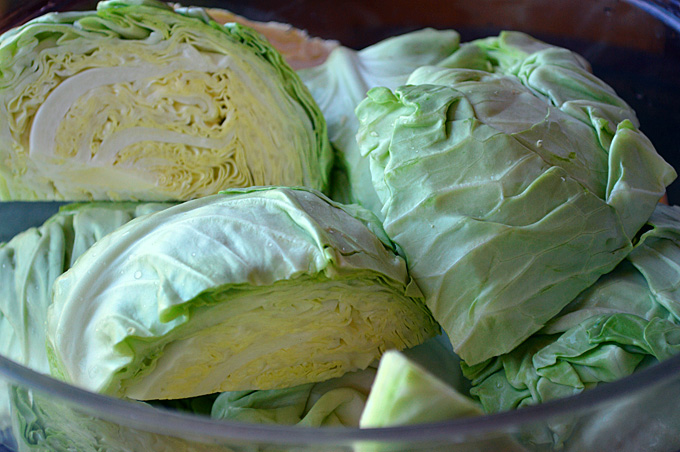




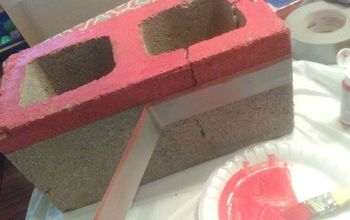



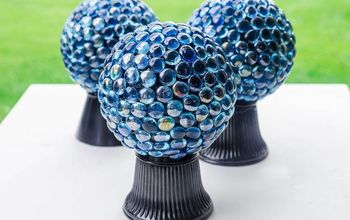



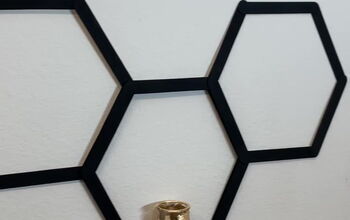


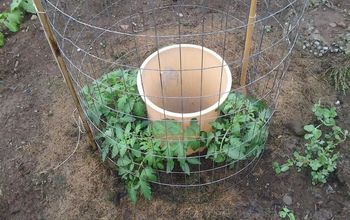






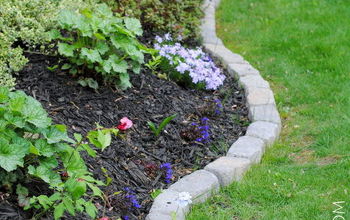



Frequently asked questions
Have a question about this project?